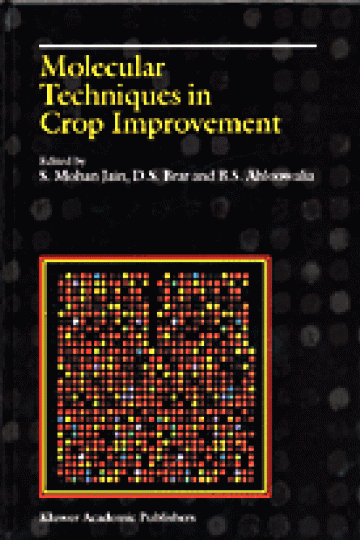Summary
Plant breeding aims at the genetic enhancement of crops through the application of principles of Mendelian Genetics and modern tools and techniques of cell and molecular biology. Many breeding programs also include induced mutations with either or both physical and chemical mutagens and focus on the improvement of traits such as high yield, multiple resistance to major disease, insect pests and tolerance to abiotic stresses and improved quality. The improved varieties must also fit into the crop rotation systems of different eco-agricultural regions for the production of feed, fiber, food, and industrial products.
The value of new plant varieties in increasing food production has been demonstrated time and again, and perhaps the best of all, in the "Green revolution", which was based on the semi-dwarf rice and wheat varieties in Asia. Recent advances in molecular genetics have opened new opportunities to speed up plant breeding. Molecular markers have become important tools in the hands of plant breeders for enhancing the selection efficiency for various agronomic traits. Plant breeding has in fact entered in an era of genomics. The isolation, cloning and moving of genes from diverse biological sources into plant genomes holds promise to broaden the gene pool of crops and tailor plant varieties for specific traits that determine yield, quality and resistance to biotic and abiotic stresses.
This book brings together information on the new tools and techniques of molecular genetics in crop improvement. These tools include molecular marker techniques such as AFLP, RAPD, AFLP, and PCR amplified DNA sequences. The molecular tools allow detection of specific DNA fragments through successive generations, and thus confirm transmission of the selected traits and incorporated genes. This book should help plant breeders to choose the appropriate techniques suited to the needs of their respective breeding programs, and allow them to integrate molecular tools based on gene cloning, gene maps, marker-assisted selection, QTL mapping, and molecular cytogenetics.


